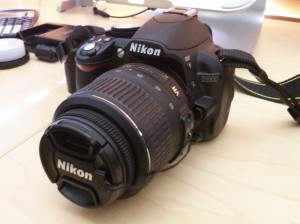Bomb Attack at Boston Marathon
Three are dead and at least 141 injured in a terrorist bomb attack on the annual Boston Marathon in Boston, Massachusetts. Two explosions occurred in quick succession just before three o’clock this afternoon near the marathon’s finish line on Boylston Street. Unconfirmed reports indicate that two or more additional bombs were found and destroyed or disarmed by bomb squad officials. According to witnesses and investigators, the bombs were hidden in trash cans along the marathon route, and were filled with ball bearings or other shrapnel likely intended to cause greater injury to victims.
Boston officials reported earlier that there was a related explosion at the John F. Kennedy Presidential Library, but that now appears to have been an unrelated mechanical fire.
There have been no reputable claims of responsibility so far. A Saudi man was apprehended by bystanders who claimed that he had been acting suspiciously immediately preceding the bombing. The man, whose leg was injured in one of the explosions, is being questioned by Boston Police at an area hospital and has been identified as a ‘person of interest.’ He has not been labeled a suspect and is not in police custody at this time. Sources close to the investigation have also said that a suspicious individual was turned away minutes before the blasts after attempting to enter a restricted area, and law enforcement agencies have been asked to be on the lookout for a ‘darker-skinned or black male’ with a foreign accent who was wearing a black backpack and sweatshirt.
Nearly twenty-seven thousand runners were participating in the Boston Marathon, and about two-thirds of them had already crossed the finish line before the explosions occurred. Hundreds of thousands of spectators line the marathon route each year. After the attack, the marathon was immediately stopped, and runners still on the course were directed to safe areas.
Law enforcement officials in Boston reported to the Associated Press that cellular phone service had been shut down in Boston for a period of time to prevent remote detonations, but wireless company officials contradicted this claim and have said that there were only limited interruptions to cellular service due to high call volume. The Federal Aviation Administration (FAA) also implemented flight restrictions over Boston and a ground-stop at Boston Logan International Airport for a period of time, although most of these restrictions have now been lifted.
Other cities around the country have increased their alert levels, and the U.S. Secret Service has increased security around the White House in Washington, D.C., but officials have not cited any specific threats against any other sites or any indication that there is an increased risk of attacks elsewhere in the country.
Update, April 16, 2013, 3:00 p.m.: Officials now say that no additional explosive devices were found following the two explosions, despite earlier statements to the contrary. Law enforcement officials have also now recanted their claim that the cellular networks were turned off to prevent remote detonations.









